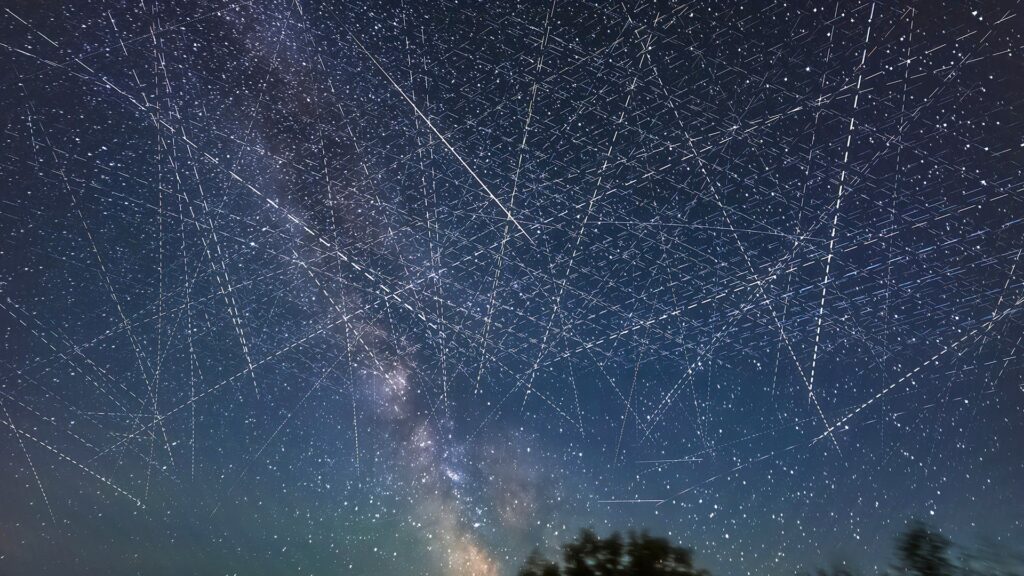
As global space exploration accelerates and commercial satellite deployments surge, scientists are raising the alarm about a potentially overlooked consequence: the degradation of Earth’s ozone layer. While advancements in space technology continue to push the boundaries of innovation, environmental experts warn that the increasing number of rocket launches may be slowing the recovery of the planet’s vital atmospheric shield.
Rocket Launches and the Ozone Layer
The ozone layer, located in the stratosphere, plays a critical role in protecting life on Earth by filtering harmful ultraviolet (UV) radiation from the sun. However, recent research has shown that rocket emissions may be harming this protective barrier.
Each rocket launch releases a host of pollutants, including gaseous chlorine and other chemical compounds, into the upper layers of the atmosphere. These substances, especially chlorine-based emissions, have been found to destroy ozone molecules, leading to localized thinning of the ozone layer.
A Growing Concern
The environmental impact of rocket emissions has been under scientific scrutiny for over three decades. However, the issue received limited attention until recently, when the frequency of global rocket launches began to rise sharply. In 2019, there were 97 rocket launches worldwide. By 2024, that number had surged to 258—a nearly threefold increase. Projections suggest that the number will continue to climb in the coming years.
Researchers from the University of Canterbury have released findings indicating that if rocket launches reach 2,040 in a single year by 2030, the ozone layer could experience an average global thinning of 0.3%. While that figure may appear minimal, scientists caution that the ozone layer has still not recovered from earlier damage caused by chlorofluorocarbons (CFCs), which were banned under the Montreal Protocol in 1989. Despite the ban, the ozone layer remains approximately 2% thinner than pre-1980 levels and is not expected to fully recover until 2066.
Persistent Pollutants in the Atmosphere
Unlike pollutants from vehicles or industrial sources, emissions from rockets are injected directly into the upper atmosphere—where there are no clouds or precipitation to wash them away. As a result, these pollutants can persist for up to 100 times longer, with wind currents distributing them globally, despite most launches occurring in the Northern Hemisphere.
A Call for Preventive Action
Climatologist Sandro Vationi from Zurich underscores the urgency of addressing this issue: “The problem is not being taken seriously enough at the moment. But it is not impossible to protect the ozone layer if we act with foresight and coordination.”
Experts argue that, while rocket launches are essential for scientific progress, communication infrastructure, and defense, a balance must be struck to prevent long-term environmental damage. This may involve developing cleaner propulsion technologies, revising launch protocols, or introducing global regulations aimed at minimizing the ecological impact of space activities.
As humanity ventures further into space, scientists are urging policymakers and the aerospace industry to consider not only the stars, but the sky above us that sustains life on Earth.
